Are you gearing up to apply for an internship but unsure of where to start? Crafting a compelling letter can make all the difference in capturing the attention of potential employers. A well-structured internship application letter not only highlights your skills and experiences but also showcases your enthusiasm for the opportunity. So, if you're ready to impress and stand out from the crowd, read on to discover essential tips and a sample template that will help you land that coveted position!
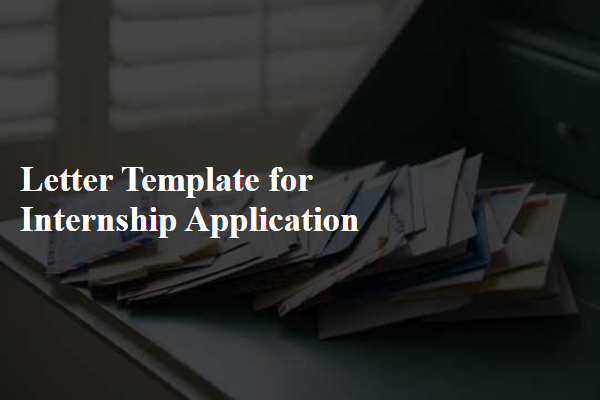
Personal Information
Personal information plays a crucial role in internship applications, serving as the foundational details that help organizations identify candidates. Key elements typically include full name (such as John Smith for clarity), contact information like email address (john.smith@email.com) and phone number (555-1234), as well as the current educational institution (e.g., University of California, Los Angeles) along with the degree program (Bachelor of Science in Computer Science). Additional aspects may encompass relevant skills and interests, which could include programming languages (such as Python and Java), previous work experience (e.g., internships at tech companies), and academic achievements (such as a GPA of 3.8). This information provides a comprehensive profile that aids companies in assessing a candidate's suitability for the internship role.
Recipient's Information
A well-structured internship application template should incorporate vital recipient details, helping create a professional impression. Key components include the recipient's full name, often their professional title, such as Human Resources Manager or Internship Coordinator. Accurate organization name, including the official designation, should follow, providing clarity about the internship context. Street address (specific number and name of the street), city, state or region, and zip or postal code are essential for correct delivery. Including email addresses or phone numbers can enhance communication. Lastly, the date of the application should be prominently placed, ensuring the application is time-stamped, which adds to the professionalism of the overall document.
Opening Salutation
Internship applications serve as critical entry points for aspiring professionals. They typically require a respectful opening salutation that conveys the applicant's interest in the position and acknowledges the recipient. For instance, addressing the hiring manager by their title and last name, such as "Dear Mr. Smith" or "Dear Dr. Johnson," showcases professionalism. Including the company's name (like Google or Microsoft) in the context reflects the applicant's attention to detail and genuine interest in the specific opportunity. Utilizing a respectful tone sets a positive foundation for the rest of the application, creating a welcoming impression at the outset.
Introductory Paragraph
An internship application serves as a crucial introduction to prospective employers, showcasing the candidate's enthusiasm for practical experience and skill enhancement. The opening of the application should encapsulate the applicant's academic background, highlighting relevant coursework and achievements attained in educational settings. Additionally, it is important to express genuine interest in the specific organization, emphasizing alignment with its values or projects. This initial paragraph lays the foundation for demonstrating the applicant's motivation and potential contribution to the team, enticing the reader to delve further into their qualifications and unique attributes.
Relevant Skills and Experience
The intern candidate possesses relevant skills and experience that make them a strong fit for roles in dynamic work environments, particularly in project management and data analysis. Proficient in tools such as Microsoft Excel and Tableau, the candidate has previously conducted detailed market research projects for a top-tier firm, resulting in a 15% increase in client engagement metrics. Additionally, their internship at a non-profit organization allowed them to collaborate on strategic planning initiatives, enhancing their analytical skills and teamwork. Experience in presentations, exemplified during university-based competitions, refined their ability to communicate complex data effectively to diverse audiences. Familiarity with Agile methodologies, acquired through coursework at Stanford University, contributes to their adaptability in fast-paced settings.

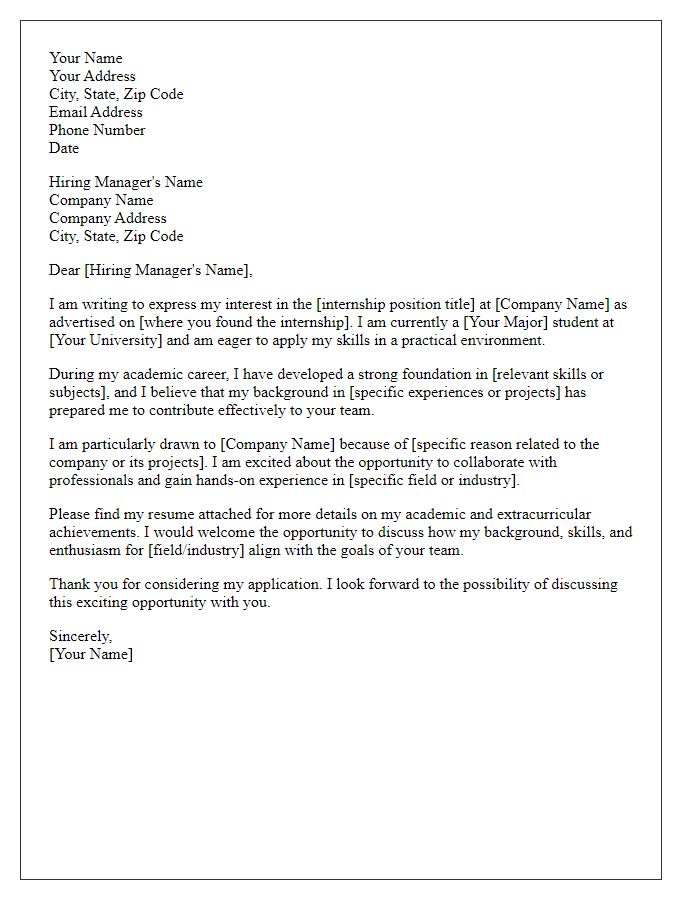
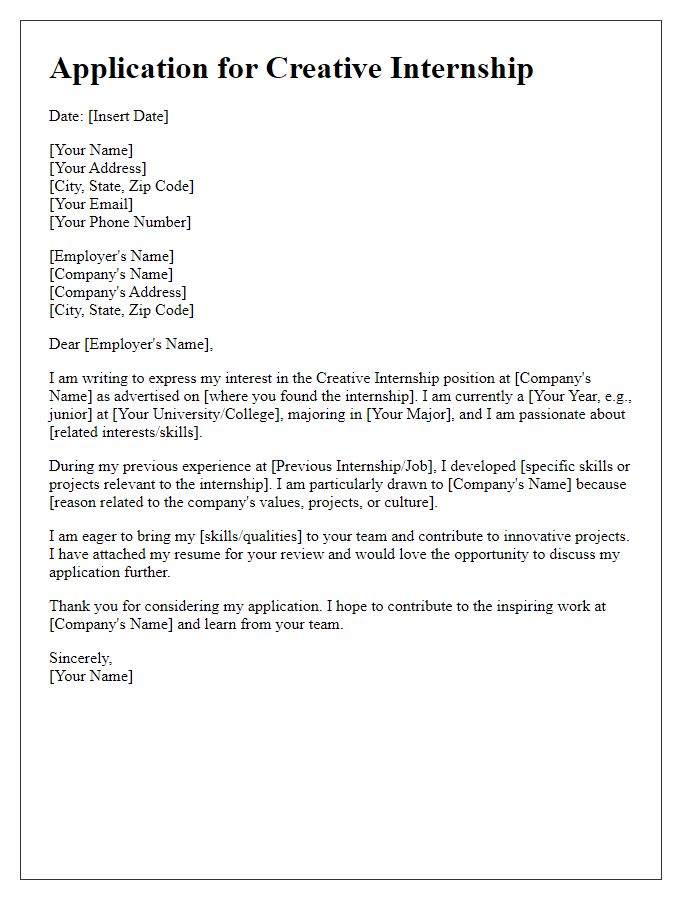
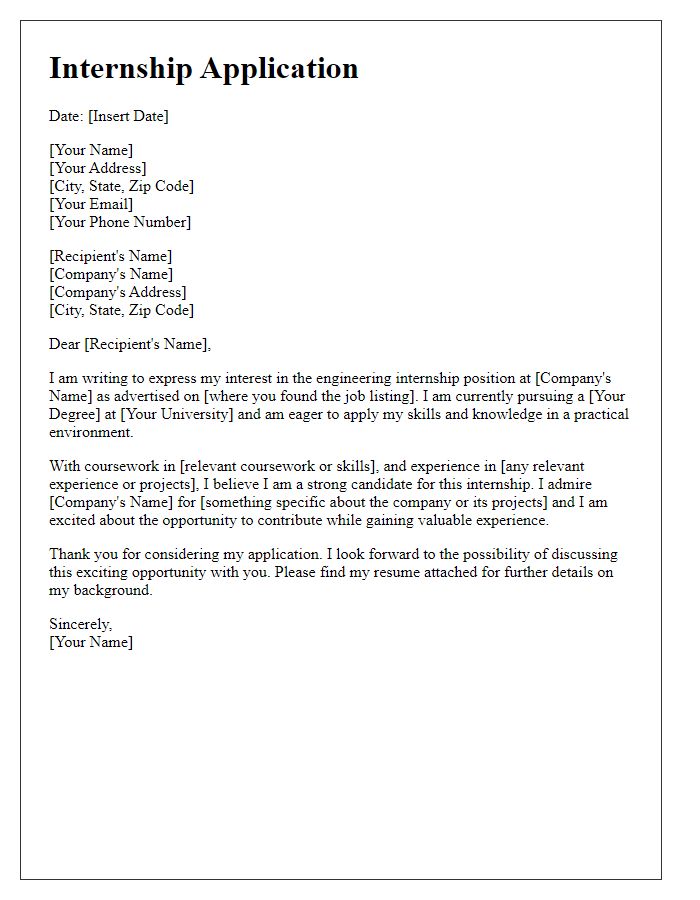
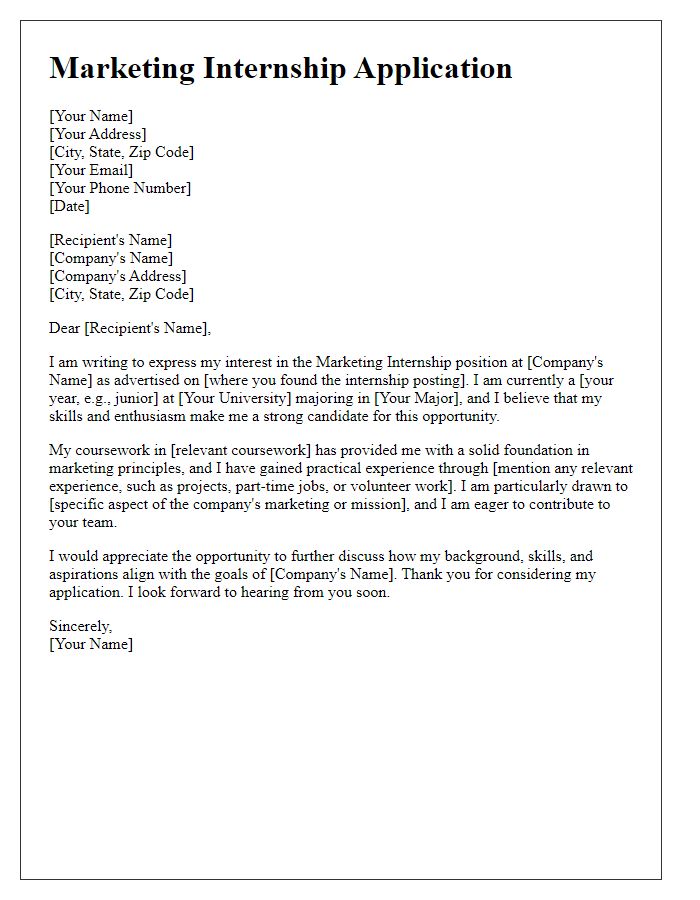

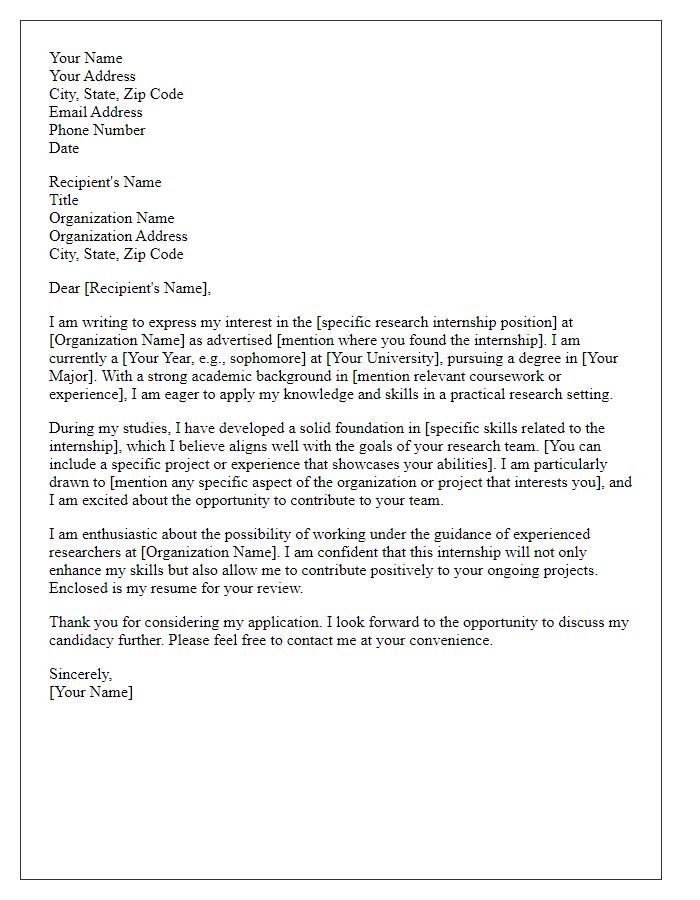
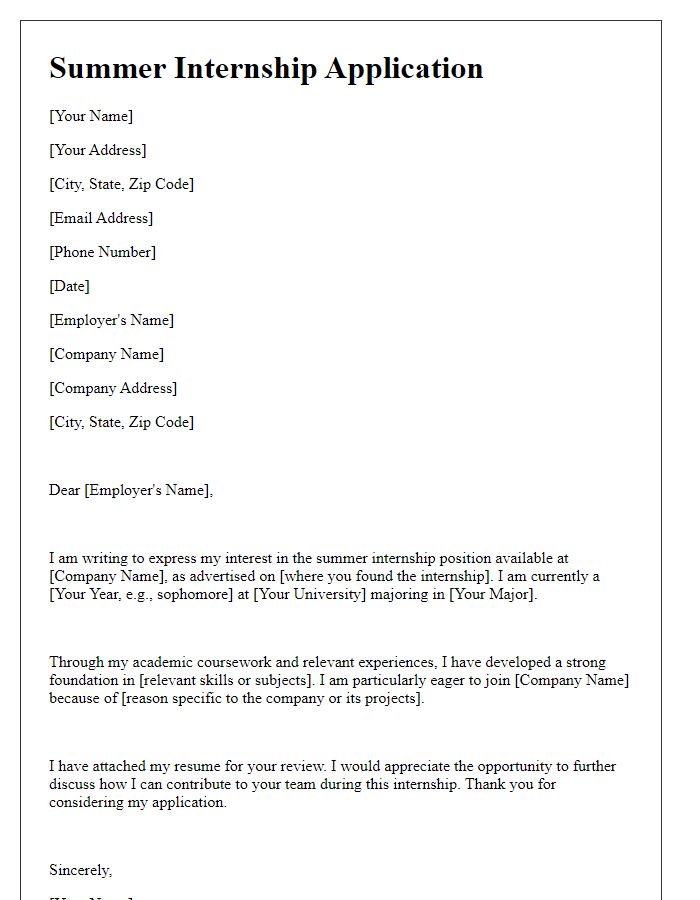
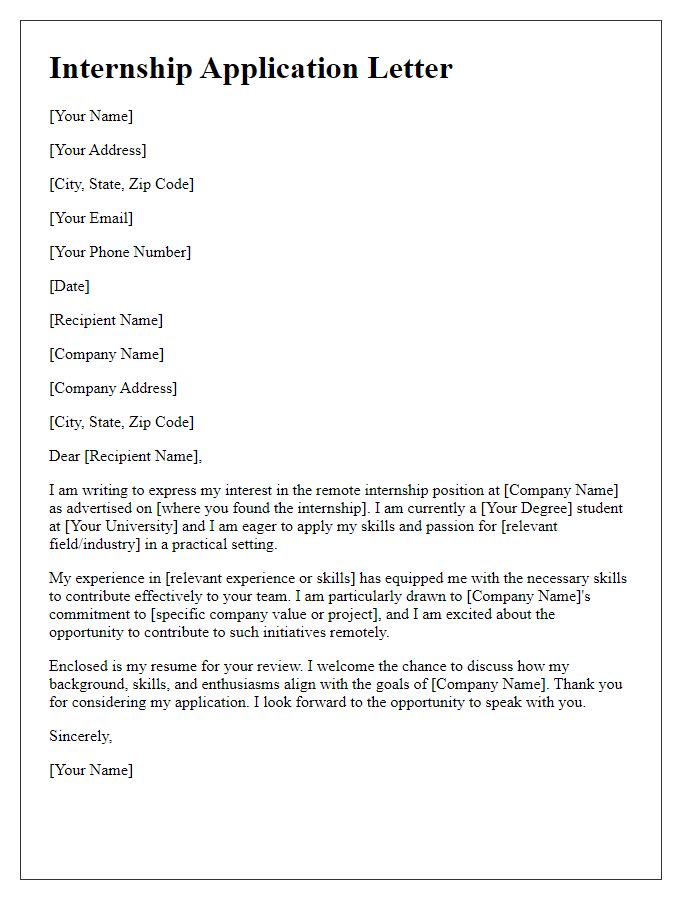
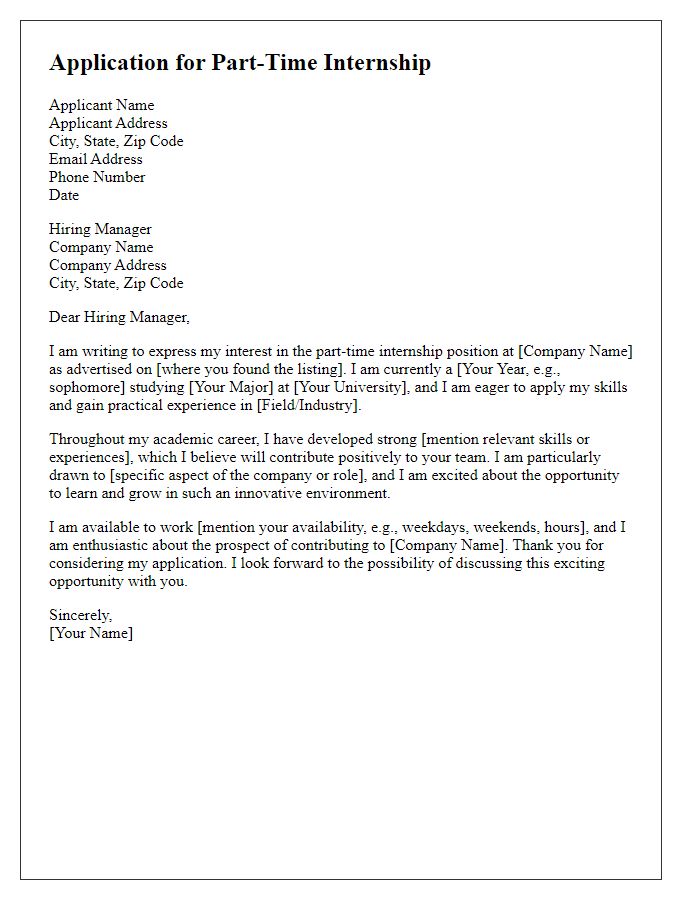
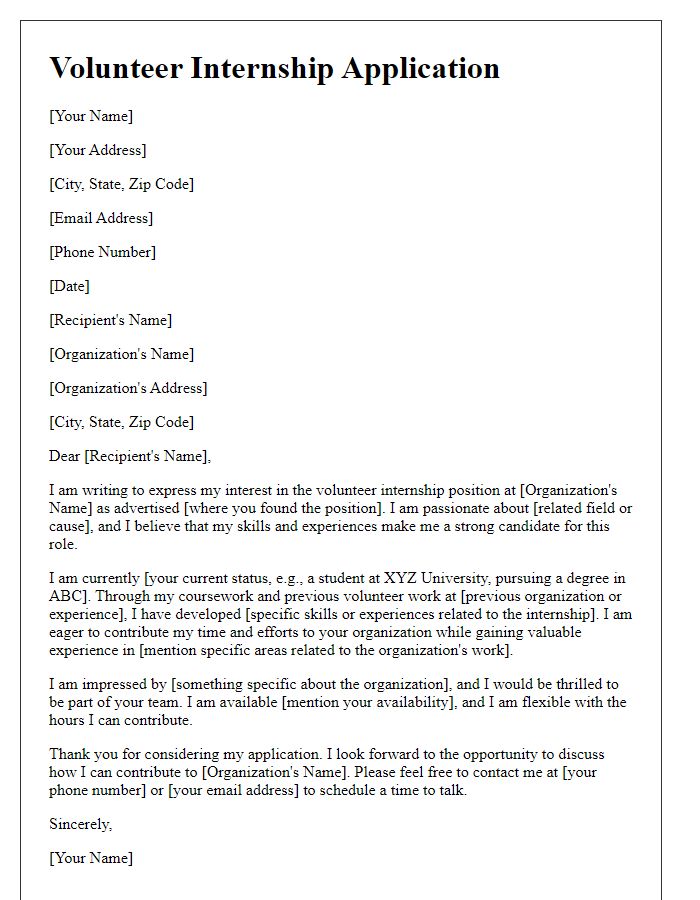




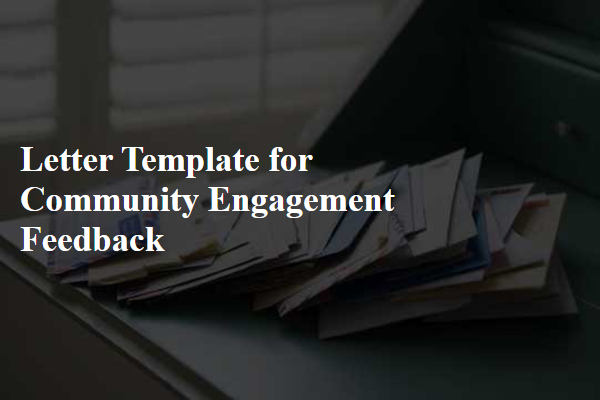
Comments